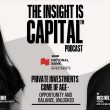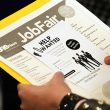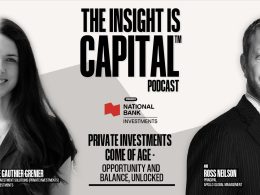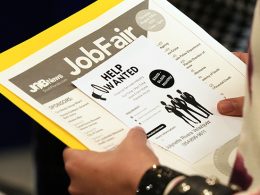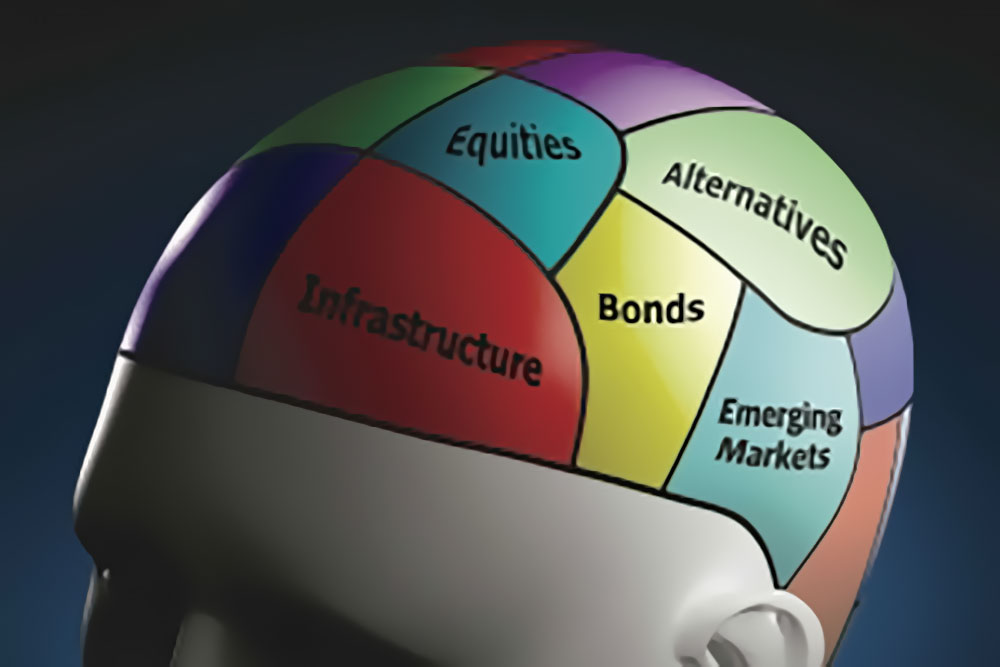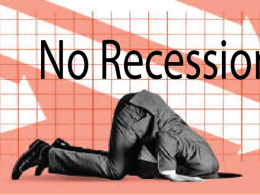by Shannon L. Saccocia, CFA, Chief Investment Officer—Private Wealth, Neuberger Berman
U.S. consumers aren’t happy, but U.S. executives don’t share their gloom.
The U.S. consumer is not happy.
When the U.S. consumer is unhappy, many investors get nervous. But should they? Consumer sentiment is an unreliable guide to future economic activity at the best of times. Today, when sentiment is swayed by headlines, social media posts and the unpredictable direction of U.S. economic policy, it may be especially prone to false signals.
But when so much depends on parsing the statements—or even reading the minds—of U.S. policymakers, where can we look for a surer guide?
Vibes
It’s not just the Federal Reserve cutting its growth forecast and raising its inflation outlook. Leading consumer surveys suggest the U.S. is heading for stagflation, too.
The Conference Board’s Consumer Confidence Index for February plunged seven points from the previous month’s level, to 98.3. The University of Michigan survey of consumer sentiment for March took place a few weeks later, and that index also fell by seven points, to 57.9. It showed consumer inflation expectations rising, too—and while previous readings have been highly partisan, the latest shows rising concern among Independent voters.
The Conference Board’s Expectations Index is now below 80, a level that, it says, “usually signals a recession ahead.” But that “usually” is doing a lot of hard work. We need only go back to June 2024 to find a similar reading, and that didn’t signal a downturn. Similarly, the Michigan index was at today’s levels as recently as November 2022. It’s no surprise to find that, while every U.S. recession has been preceded by a decline in consumer sentiment, there have also been many false alarms.
This could be another. Retail sales data have been noisy rather than poor, as is often the case around the turn of the year. Bad weather hasn’t helped. Overall sentiment may be oversensitive to inflation concerns, given the experience of the past three years, or to policy uncertainty, which has rarely been higher. Most Americans will know someone who works for the government or a government contractor, people whose employment always seemed secure, but now feels under threat.
There may be a “vibes” element to all this negativity.
Capex and Hiring
We can be reasonably confident that the weather will improve. We can also point to business leaders becoming more outspoken about the challenges of policy uncertainty, reports of a more deliberate approach to trade policy ahead of the next tariff deadline of April 2, and courts and cabinet members reining in the Department of Government Efficiency (DOGE).
That said, we cannot claim much of an edge when predicting how these uncertainties might play out.
Our edge is that we spend all day, every day talking to the people who manage the businesses we invest in, and we think that can tell us a lot. Consumption feeds into top lines, but we believe corporate capex and hiring intentions are often more important because they ultimately determine how much money goes into consumers’ pockets.
The message we are getting is that management is cautious, but not nearly as cautious as the media or industry surveys might suggest, or as consumers appear to be. While some are holding back from new capital commitments, few are cancelling existing projects. Layoffs are more likely to be elective than forced; when the government is cutting back its workforce it provides cover for the corporate sector to make its own operations a little leaner.
In answer to Joe Amato’s question a couple of weeks ago—Can the new government get through the current disruption to deliver the pro-growth policies it promised?—executives are overwhelmingly affirmative. As we observed when the latest National Federation of Independent Business (NFIB) survey results came out, the Uncertainty Index may be high, but so is the Optimism Index.
“Wait and See”
Put it this way: everyone is playing a waiting game, but for the consumer it is “wait and worry” and for business it is “wait and see.”
We could see some soft consumer spending stretching into the second quarter of the year, but, ultimately, we think corporate sentiment is the more accurate representation of economic reality right now, and less sensitive to headline uncertainty than consumer sentiment.
For that reason, we still anticipate a recovery in capex, hiring and growth in the second half of 2025 and 2026—and a continuation of this year’s change of stock market leadership from U.S. mega-cap tech to a broader set of regions, sectors and companies.
Copyright © Neuberger Berman

